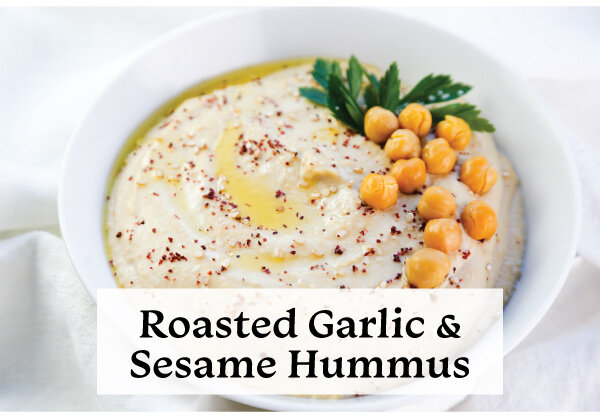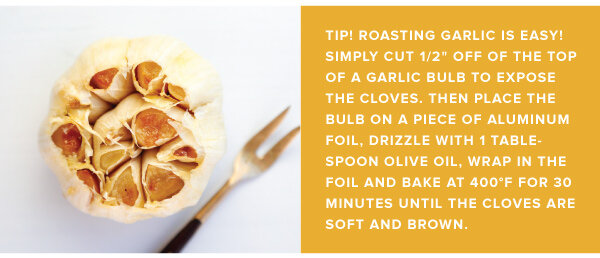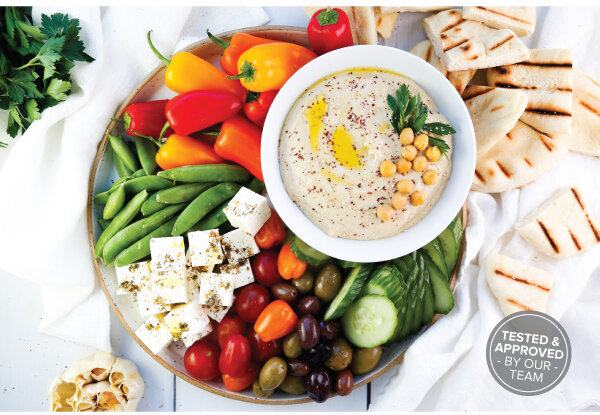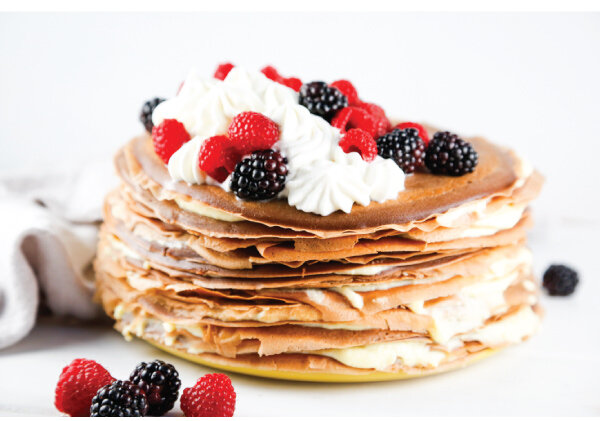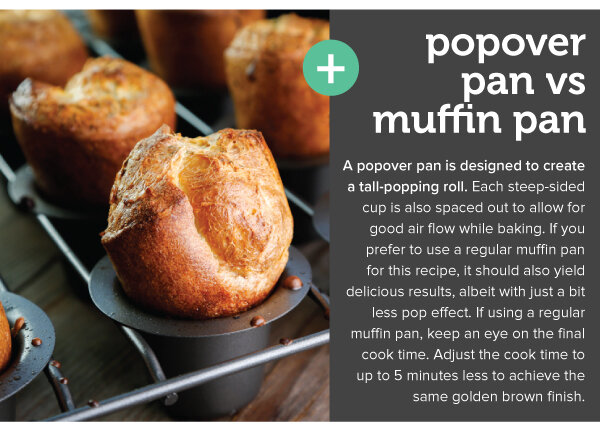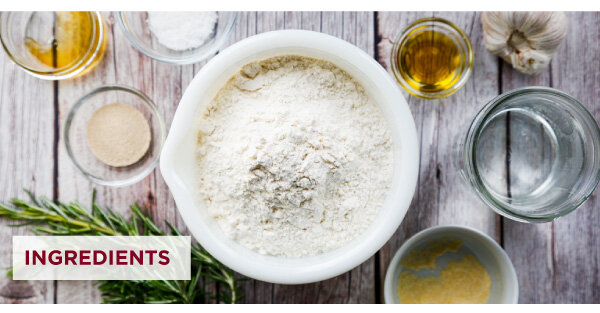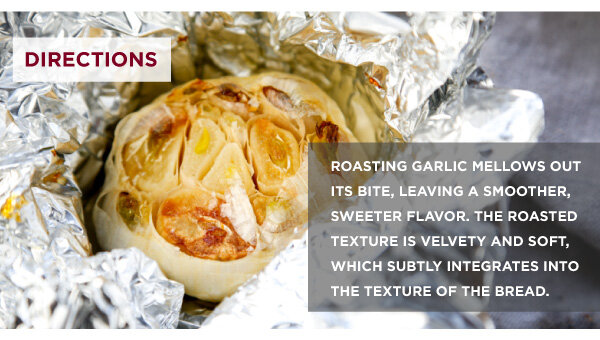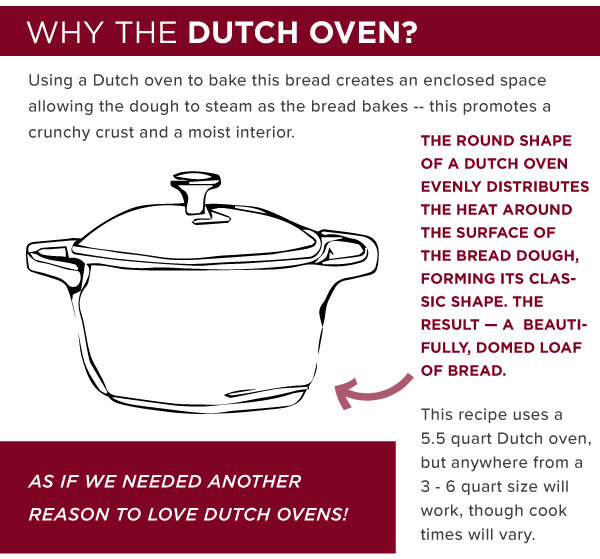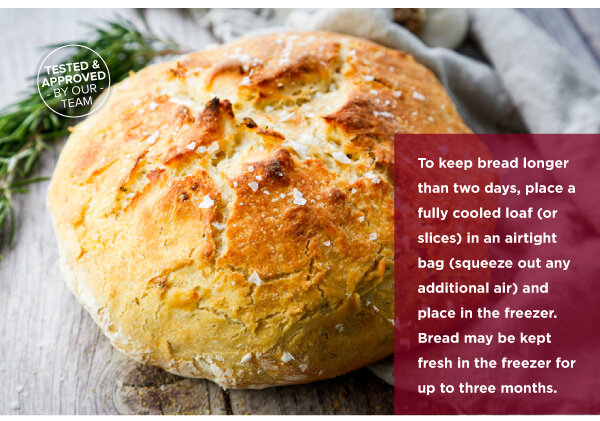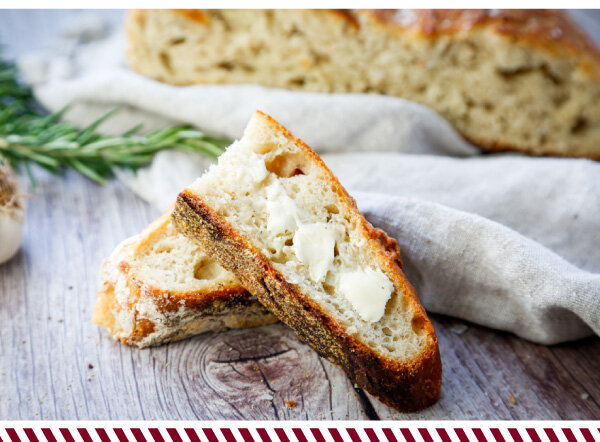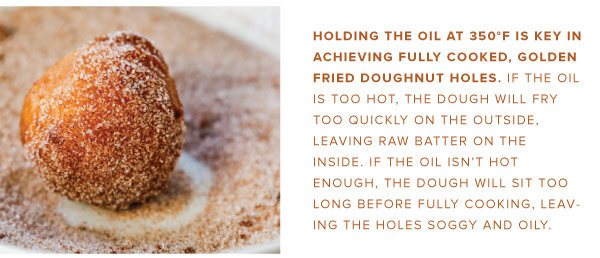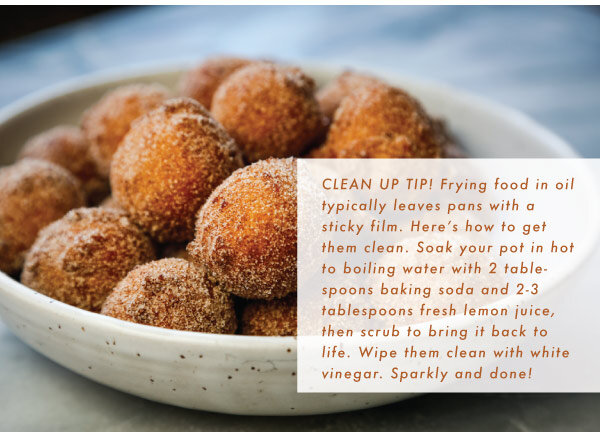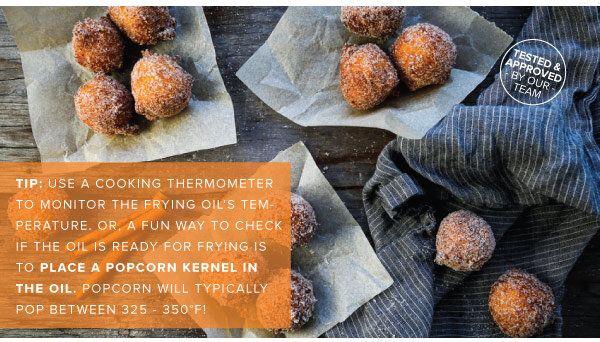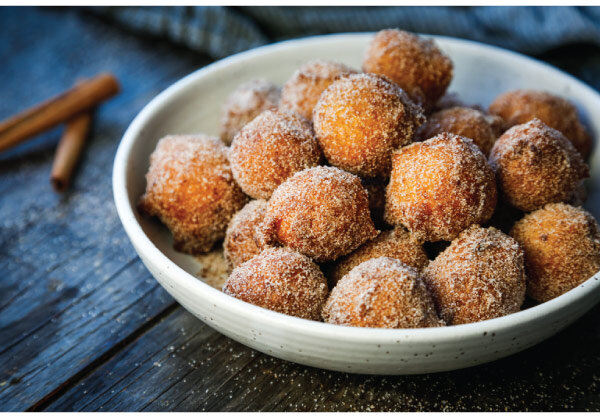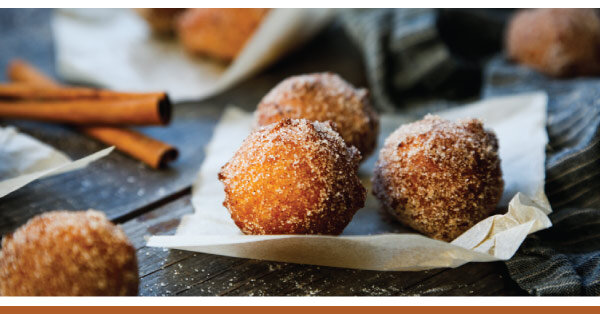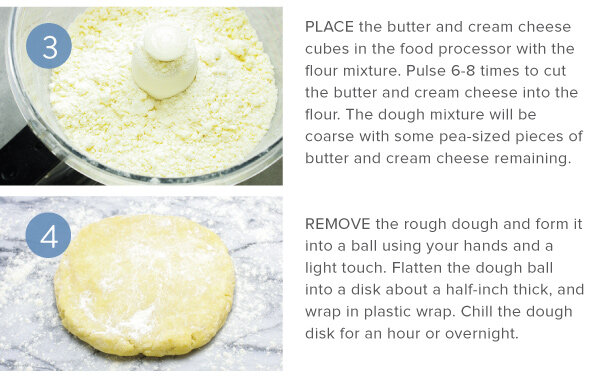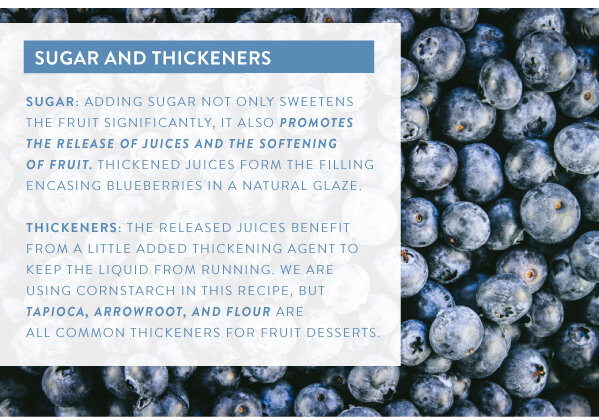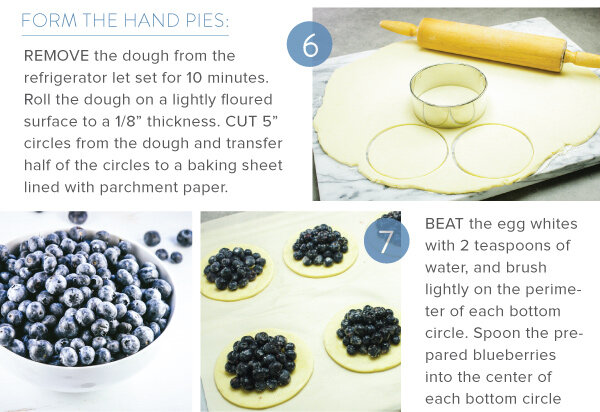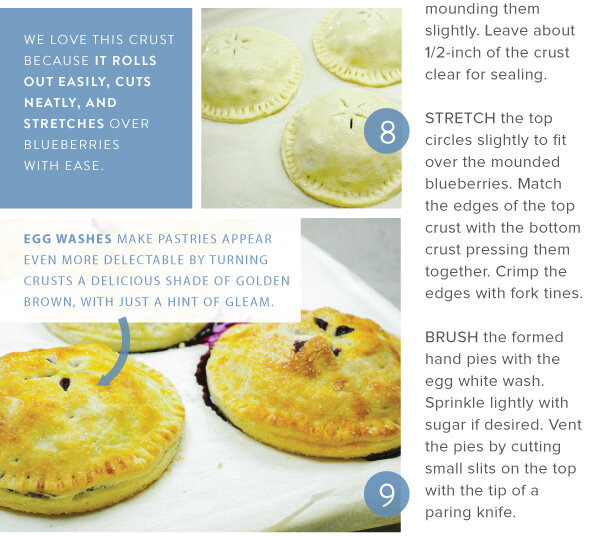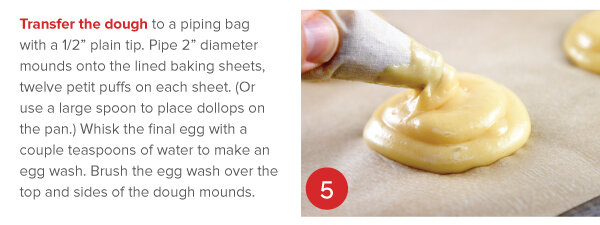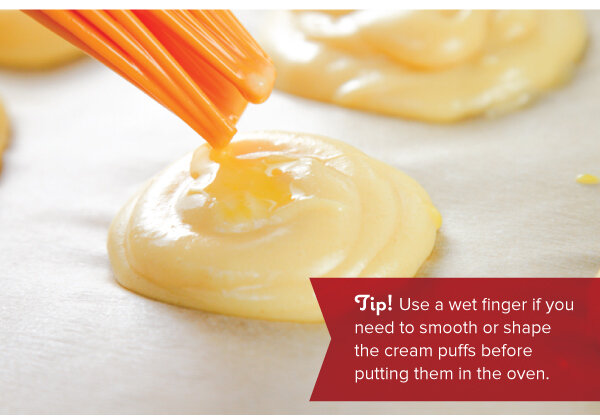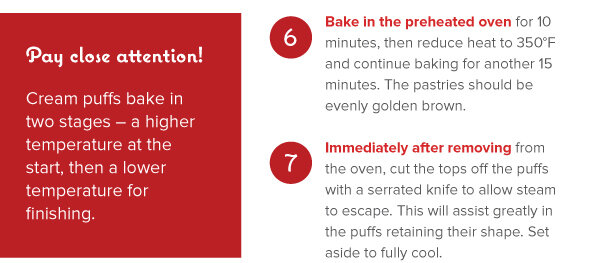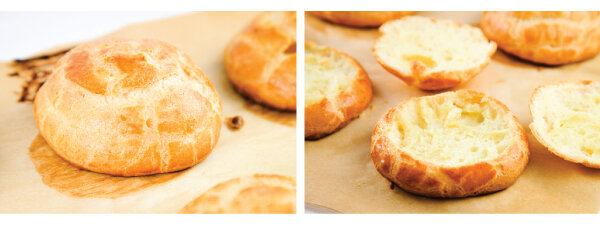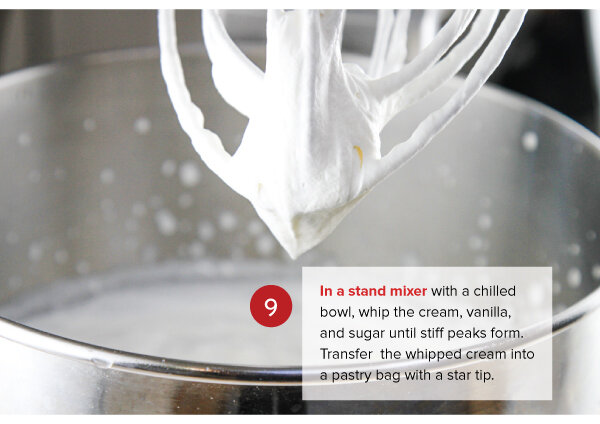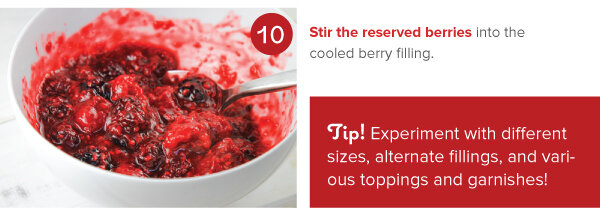Mediterranean Party Platter
Lia Soneson
This Mediterranean party platter is all you need for a delightful dining experience, al fresco, this summer. Try our fail-proof tip for the creamiest hummus that features an extra flavor boost from roasted garlic cloves and sesame oil. Add homemade grilled pita bread and fresh veggies for a very tasty, shared summertime table.
Mediterranean Party Platter
Homemade Pita Bread:
1 cup warm water
1 packet active yeast, or 2-1/4 teaspoons
2-1/2 to 3 cups flour
1 teaspoon Kosher salt
1/2 teaspoon sugar
2 tablespoons olive oil, plus extra for oiling bowl
Directions:
1. In the bowl of a stand mixer, pour in the warm water and sprinkle the yeast on top. Allow the yeast to hydrate and bloom by leaving undisturbed for 2-3 minutes.
2. Add one cup of flour and the sugar to the yeast and water. Mix on low speed with the paddle attachment for about 1 minute or until evenly combined. Let the beginning batter stand for about 20 minutes for further yeast development.
3. After this rest, many bubbles will have formed. Add the salt and olive oil to the batter. On low speed, slowly add an additional 1-1/2 cups of the flour.
4. Continue to mix and add 2-4 tablespoons of additional flour until a soft dough ball has formed. The dough should be "springy," and not too sticky.
5. Remove the dough from the mixer and knead on a lightly floured surface until the dough forms a nice, well-rounded ball.
6. Clean the mixing bowl, then drizzle a little olive oil and coat the inside of the bowl. Place the dough into the bowl, turn it to coat all surfaces with the olive oil. Cover, and let rise for 2 hours or until doubled in size.
7. Remove the risen dough from the bowl, and pat into a flat disk. Divide the disk into 8 equal sections with a dough cutter or large chef's knife.
8. Form each section into its own small ball by folding the dough until a neat ball has been formed.
9. Place the 8 individual balls on a lightly floured surface and cover with plastic wrap for 30 minutes and let rise again.
10. Once the individual dough balls have risen, remove a single ball and gently roll into a 8” circle, or until the dough is about 1/4” thick.
11. Preheat a well-oiled cast-iron grill pan on the stovetop over medium-high heat.
12. Place the rolled out dough pieces in the heated pan, and watch it puff up. Turn until each side is slightly golden, about 3 minutes per side. Cut into wedges and serve with roasted garlic hummus.
Roasted Garlic and Sesame Hummus:
1 can (15 oz) chickpeas, rinsed and drained
3/4 teaspoon baking soda
1/4 cup, plus 1 tablespoon fresh lemon juice (about 1 large lemon)
1/4 cup, olive oil
1/2 cup tahini
1/2 teaspoon Kosher salt
1/2 teaspoon toasted sesame oil
1 small clove fresh garlic, finely minced
5 cloves roasted garlic
Garnish:
Sumac
Toasted Sesame seeds
Fresh parsley, chopped
Olive oil, for drizzling
Directions:
1. In a medium pot, add the chickpeas and baking soda. Cover the chickpeas with an 2-3 inches of water and cook over high heat, bringing the water to a rolling boil. Slightly reduce the heat and keep the chickpeas cooking over a low boil for 20-30 minutes until they are very soft and their skins are falling off. Strain and rinse chickpeas in cold water, shifting and turning them to risen off any baking soda residue. Continue to rinse under cold water until chickpeas are back to room temperature.
2. In a large food processor blend the cooked chickpeas until smooth.
3. Drizzle in the lemon juice, olive oil, tahini, Kosher salt, sesame oil, garlic, and roasted garlic. Blend until smooth, scraping down the sides as needed.
4. Garnish sumac, toasted sesame seeds, fresh parsley, and a healthy splash of olive oil. Serve with pita bread, olives, cucumbers, tomatoes, peppers, snap peas, and marinated feta cheese. Store leftover hummus in an airtight container in the refrigerator for up to 5 days.


